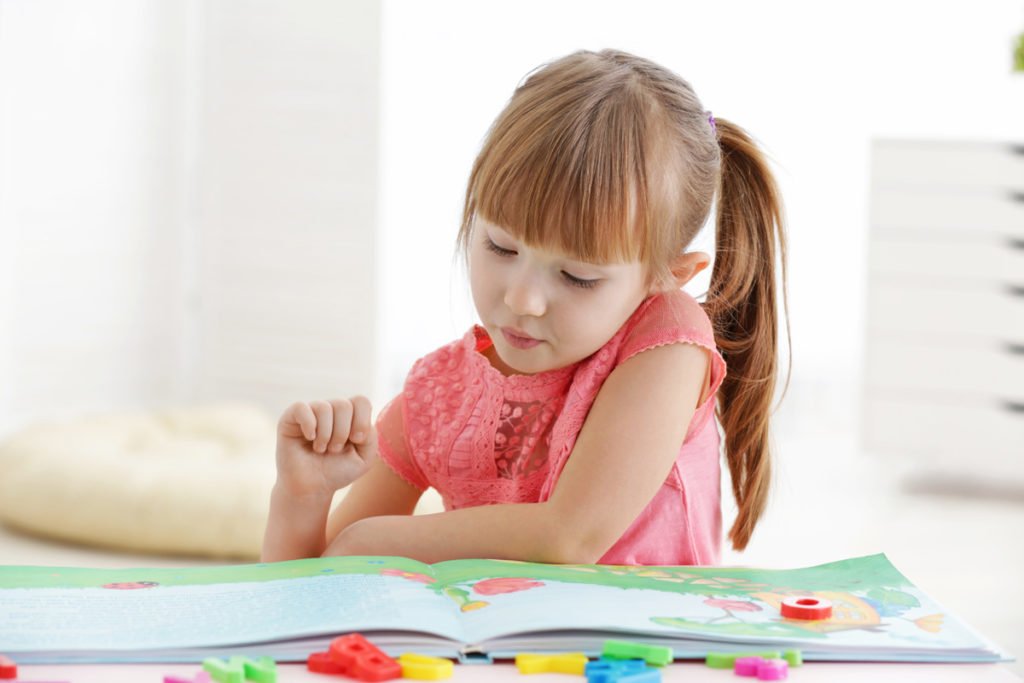Teachers who have become parents have a love-hate relationship with their reading log. Having a neat stack of filled-out reading logs is a different experience from chasing your kids around the house while waving a paper and declaring, “It’s time to read!”
Still, it’s important to clue parents and teachers into what the kids read independently. The reading log is supposed to positively influence the student’s view on books, reading, writing and language. But parents and teachers think that reading logs discourage children from loving the art of reading.
So is a reading log worth your child’s time? Will it help them earn their high school degree and college diplomas easily?
The Case for Reading Logs for Students

If you’re unfamiliar with reading logs, these logs remind students to read, as well as encourage them to record everything they’ve read. Teachers and parents use reading logs to show the students the book titles they have read and encourage them to keep up the good work.
Reading logs are also used in home reading and guided reading to help parents and teachers to track the readers that the kids bring home, which keeps the students from reading too many book titles.
There are many benefits to using reading logs in school. For students in the primary grade, reading logs can help them practice re-reading their books. Repeated reading improves fluency. Re-reading and using the reading log strengthens comprehension and it can be fun, too.
In primary grade schools, readings logs can have boxes to draw things, tally marks, smiley faces and sections to write notes. For the middle school to junior high students, reading logs can help them keep track of their reading progress and volume. Finally, reading logs return the ownership to the students by giving them more control over their learning.
You can do reading logs in different ways.
Students can use a reading log template or simply record what they read to encourage in-depth exploration of their books. You can also promote better reading comprehension using a reading log by asking your students to write the synopsis of the books they’ve read. Ask them how the synopsis relates to their personal experiences.
The Case Against Reading Logs
According to naysayers, using reading logs to grade-assigned tasks can discourage kids from learning. They may become frustrated or angry with their reading tasks.
Also, it’s not an authentic learning experience due to the following reasons:
- Adults don’t do it. Adults aren’t big fans of book reports. Reading logs are school-assigned tasks that not all adults can complete.
- Independent reading logs “punish” advanced and proficient readers. The more proficient readers read, the more work they have to complete. On the other hand, when striving and reluctant readers receive low grades for their log work, they may experience anger, anxiety and frustration, which turn them further away from reading.
For reading log naysayers, parents and teachers shouldn’t have students do what they would never do. To promote independent reading, students should have a choice of reading materials and practice reading. They must also develop literary tastes and a passion for reading.
Should You Do a Reading Log Or Not?

The criticism against reading logs usually stems from reading log mistakes. Some common mistakes teachers and parents make include:
-
Using traditional reading logs.
Traditionally, students would read their assigned books, write down the title and date of the book on their reading log and that’s it. In most cases, the students don’t look at their reading log again.
-
Assigning specific book titles.
As mentioned above, encouraging a love of reading is never going to happen if the kids don’t have control over what they read. The students should choose the book they want to read each night.
To make reading logs work for your children and students, a few changes can help. Instead of settling for a traditional reading log, create an intentional reading log template that would:
- Help students reflect on a specific skill or strategy that you are working with them during reading sessions
- Work for all levels of readers and writers with custom reading log formats. Customize your reading plan.
- Not take a minute or two to complete to keep reading enjoyable for students
- (If you’re a teacher) Provide an easy way for parents and guardians to see what their kids are working on at school
If you’re looking for an alternative to reading logs, consider the following:
- Elevator talks. Schedule 60-second talks with the students for them to “sell” the books to their classmates.
- Monthly book talks. Ask the kids to choose a book from their list then present a brief book talk.
- Graffiti wall. Tape a large piece of construction paper on the bulletin board and ask the kids to write the title and author of the book they enjoyed. Ask them also to write a sentence or two, explaining why they think it’s terrific.
- Put the kids in groups and have them discuss a book from their list and ask them which book is the most meaningful to them. They can also discuss the literary elements of fictional or non-fictional texts.
In all of these alternatives, don’t forget to reward the kids to cap off their sense of accomplishment.
Reading logs have their set of pros and cons. In terms of encouraging your student or child’s reading and learning, these logs can be helpful. But they aren’t the only tools you can use. Make reading more fun by creating a reading log for both you and your students!
